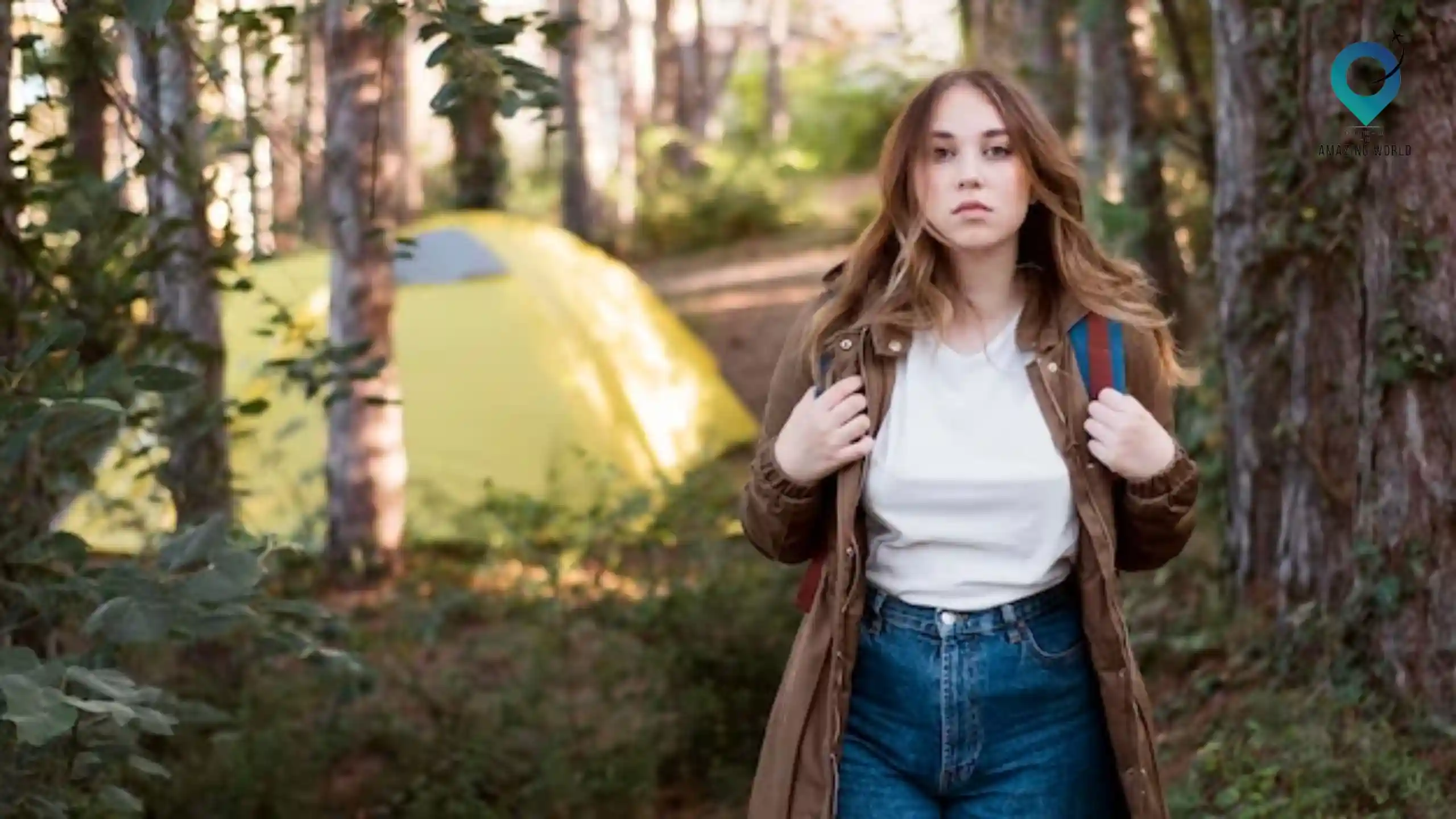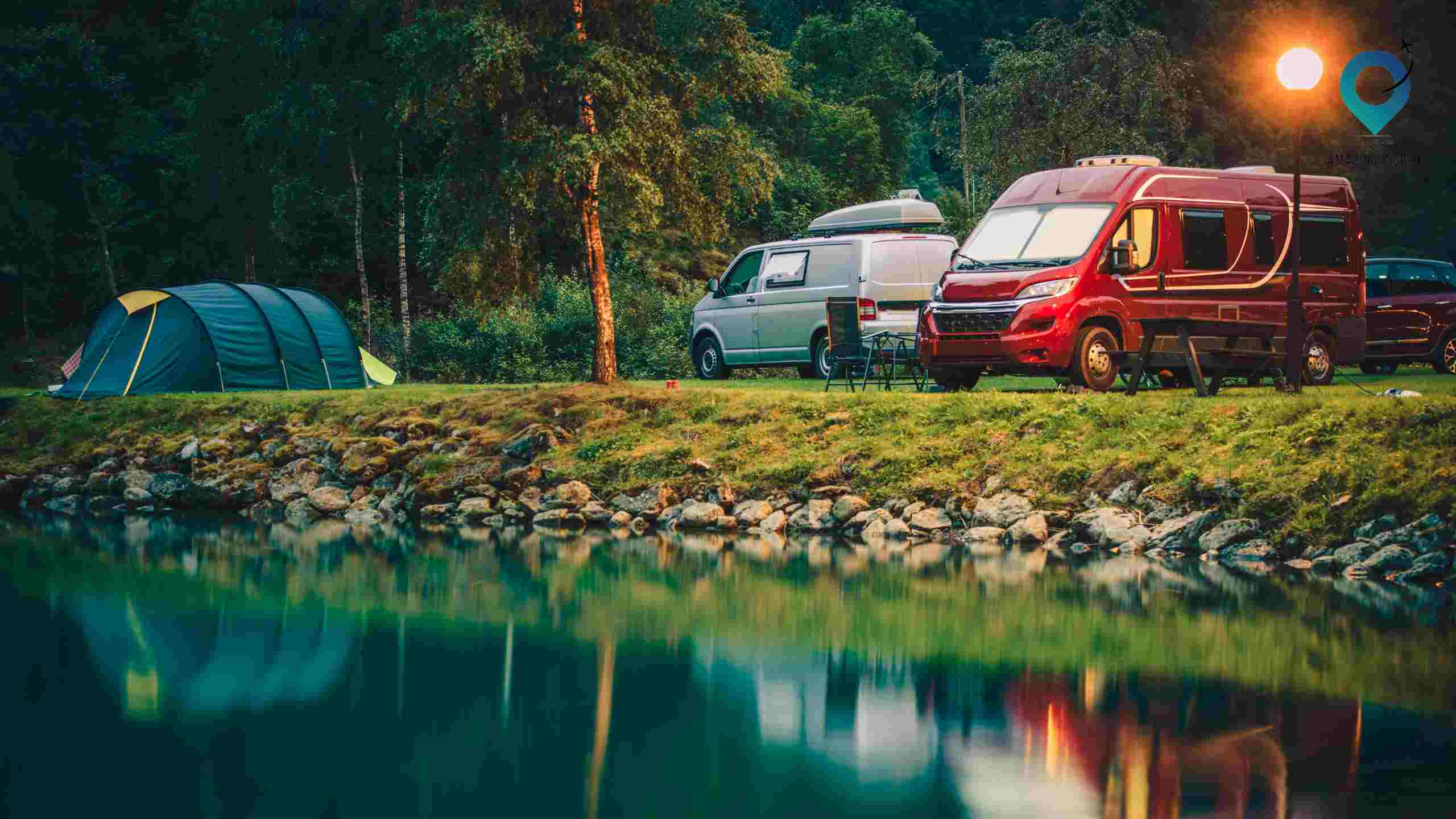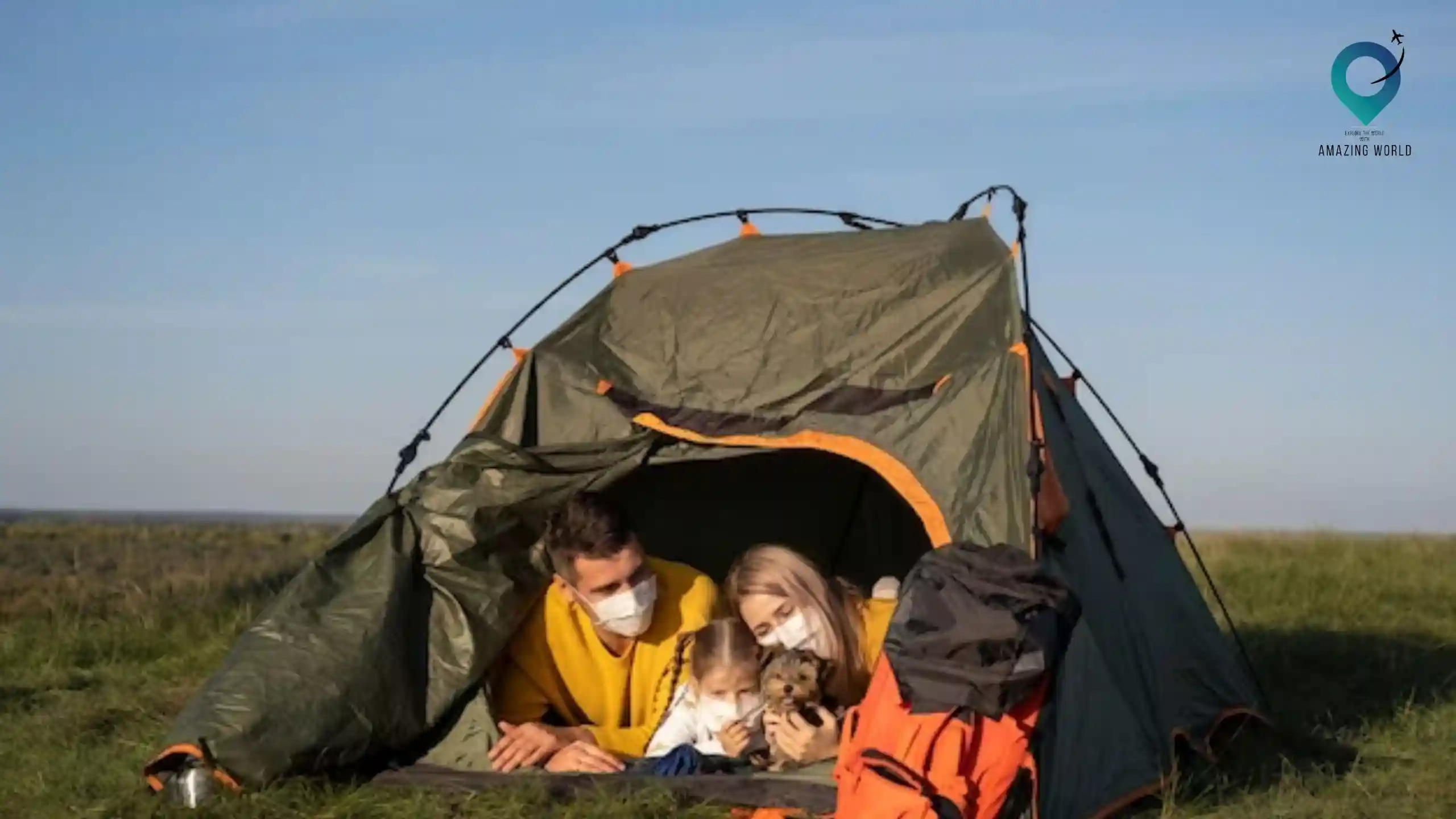The Art of Leave No Trace Camping: Preserving Nature While Enjoying It
Table of Contents
Toggle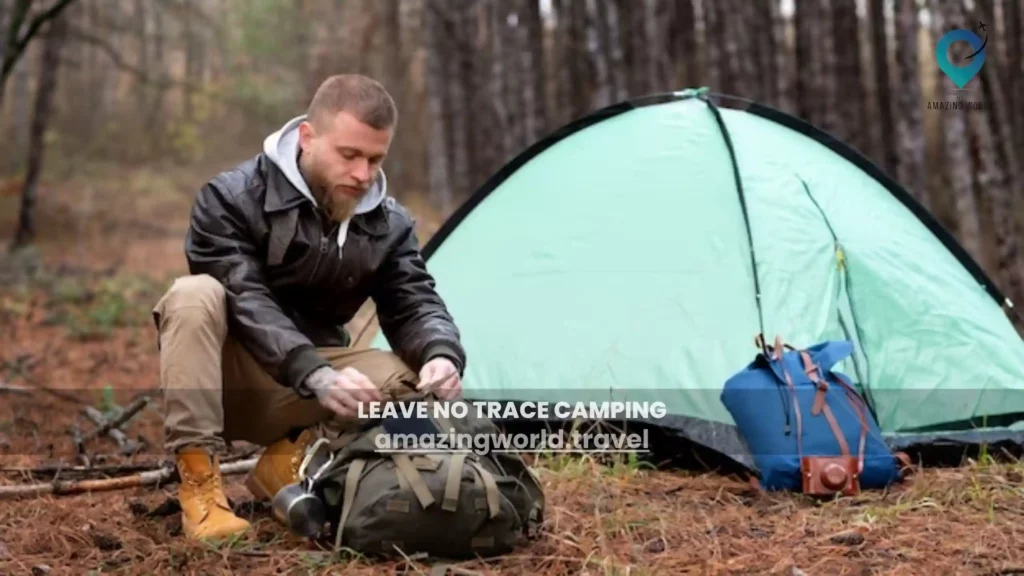
When the call of the wild beckons, and the allure of nature’s untouched beauty tugs at your adventurous spirit, there’s an art to venturing into the great outdoors—a dance of exploration that leaves behind no trace but memories. This is where the essence of “The Art of Leave No Trace Camping: Preserving Nature While Enjoying It” comes alive.
Amidst the rustling leaves and whispering winds, a harmonious symphony plays out—a symphony of responsible discovery that celebrates the lush forests, unforgiving deserts, and majestic alpine landscapes. As we embark on this journey, we unlock the secrets of mindful camping, learning to tread lightly, and leaving a legacy of reverence for the Earth that nurtures us.
This is more than a guide; it’s a commitment to embracing the wilderness with open arms while safeguarding its fragile beauty—a commitment that resonates with every footstep and echoes in every heart. Let’s step onto this path of preservation and gratification, where the rhythm of adventure is intertwined with the melody of ecological stewardship.
The Art of Leave No Trace Camping: Preserving Nature While Enjoying It
Leave No Trace camping is more than just a set of rules; it’s an art that harmonizes outdoor adventure with ecological conservation. It’s about treading lightly and leaving the wilderness as pristine as we found it. By following the principles of Leave No Trace, we can ensure that future generations can enjoy the same natural beauty that we do today.
The Principles of Leave No Trace Camping
Plan and Prepare
Proper planning is the foundation of responsible camping. Research the area you’re visiting, familiarize yourself with regulations, and anticipate the weather conditions. This minimizes the chances of unexpected situations and helps you pack appropriately.
Travel and Camp on Durable Surfaces
One of the fundamental principles of Leave No Trace camping is to travel and camp on durable surfaces. This means sticking to established trails and campsites to minimize your impact on fragile ecosystems. By avoiding trampling on vegetation, you help preserve the natural habitat for wildlife. Choose paths that are less likely to erode, and set up camp at least 200 feet away from lakes and streams. This ensures that the surrounding vegetation remains undisturbed and the water quality is maintained.
Dispose of Waste Properly
Proper waste disposal is a critical aspect of Leave No Trace camping. Pack out all trash, leftover food, and litter. Human waste should be managed responsibly to prevent contamination of water sources and soil. When nature calls, dig a small hole at least 200 feet away from water sources, trails, and campsites. Bury human waste at least 6 to 8 inches deep and cover it with soil. This practice helps prevent the spread of diseases and protects the environment.
Leave What You Find
Preserving the natural environment is at the core of Leave No Trace principles. When exploring the outdoors, avoid picking plants, disturbing wildlife, or altering the landscape. Whether it’s a delicate wildflower or an ancient rock formation, leave these treasures untouched for others to enjoy. By minimizing our impact, we ensure that the beauty of nature remains unspoiled.
Minimize Campfire Impact
While campfires can be cozy, they can also cause significant damage to the environment. Minimize your campfire impact by using a camp stove for cooking instead of building an open flame. If fires are allowed in the area, use established fire rings and keep the fire small. Always follow local regulations and guidelines to prevent wildfires and preserve the landscape.
Respect Wildlife
Encountering wildlife can be a thrilling experience, but it’s essential to do so responsibly. Keep a safe distance and avoid approaching or feeding animals. Feeding human food to wildlife can disrupt their natural behaviors and even harm their health. By observing from afar, you can appreciate these creatures without causing harm to them or their habitat.
Be Considerate of Other Visitors
Outdoor enthusiasts come to nature seeking solitude and tranquility. Be considerate of fellow visitors by keeping noise levels down and yielding the trail to hikers going uphill. Respecting the desire for quiet and space ensures that everyone can enjoy the serenity of the wilderness.
Essential Gear for Leave No Trace Camping
When embarking on a Leave No Trace camping adventure, having the right gear is essential to follow the principles effectively. Here’s a checklist of items to consider:
Lightweight camping stove and cookware
Biodegradable soap and waste disposal bags
Durable, reusable water bottles
LED headlamp for minimal light pollution
Leave No Trace ethics card as a reminder
Topographic maps and compass for navigation
LNT Camping Tips for Specific Environments
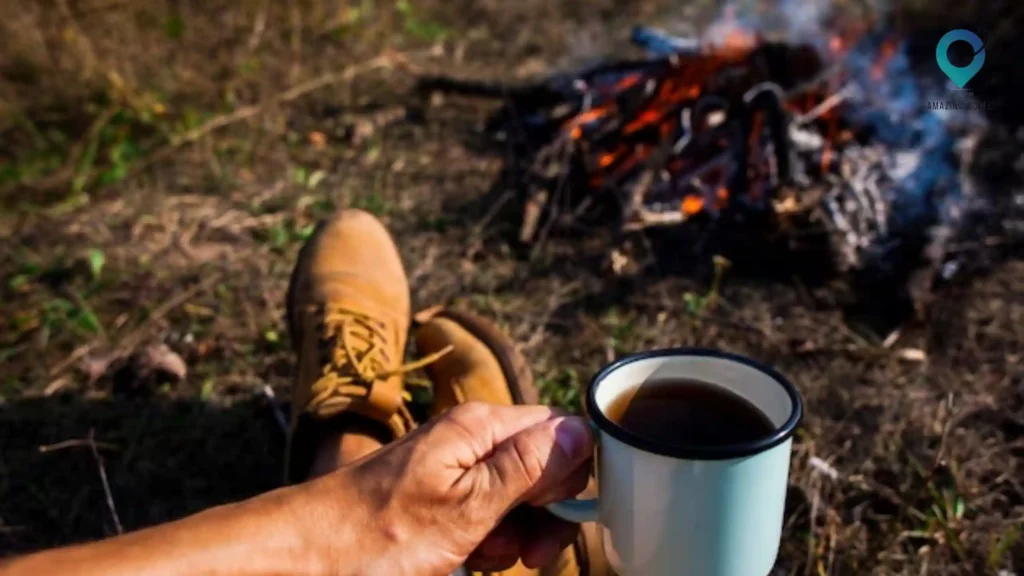
When it comes to Leave No Trace (LNT) camping in specific environments, it’s important to tailor your approach to the unique characteristics of each landscape. Here are some essential tips for camping responsibly in various settings:
Forests and Woodlands
In forested and woodland areas, preserving the delicate balance of the ecosystem is key. To minimize your impact:
Choose Established Campsites: Opt for designated campsites whenever possible. These sites are designed to withstand human presence without causing undue harm to the environment. By avoiding random camping, you prevent soil erosion and protect the habitat from disruption.
Food Storage: To prevent conflicts with wildlife, especially bears, make use of bear-resistant containers to store your food securely. This not only keeps wildlife safe but also maintains the natural foraging behaviors of animals.
Deserts
Deserts may seem rugged, but they are delicate ecosystems that require careful consideration:
Camp on Durable Surfaces: Stick to durable surfaces like rock or sand when setting up camp. These surfaces are better equipped to handle human presence without causing long-term damage to the environment. Avoid setting up camp on fragile vegetation or soil.
Protect Cryptobiotic Soil: Cryptobiotic soil, often referred to as the “living crust” of the desert, is a critical component of desert ecosystems. Avoid walking on or disturbing this crust, as it plays a vital role in preventing soil erosion and promoting plant growth in arid environments.
Alpine Environments
Camping in alpine regions demands special care due to the fragility of the terrain:
Choose Your Surface Carefully: Stick to rock or gravel surfaces when setting up camp in alpine areas. These surfaces are more resilient and less prone to damage than delicate alpine vegetation. Avoid camping on meadows or other sensitive areas.
Stay Away from Water Sources: Set up camp at a minimum distance of 200 feet from lakes and streams in alpine environments. This prevents the potential contamination of these vital water sources and helps preserve aquatic habitats.
By following these specific LNT camping tips for different environments, you can enjoy the beauty of nature while minimizing your impact on the delicate ecosystems you encounter. Remember, the goal is to leave these landscapes as untouched as possible for future generations to appreciate and cherish.
Conclusion.
Embracing the art of Leave No Trace camping is not only a responsibility but a privilege that allows us to enjoy nature while ensuring its preservation. By following the principles of LNT, we can harmonize our love for the outdoors with the need to protect the environment. Whether you’re exploring forests, deserts, alpine landscapes, or any other natural setting, the fundamental principles of responsible camping remain constant. Through thoughtful planning, careful waste disposal, respectful interactions with wildlife, and consideration for fellow campers, we can make a positive impact on the places we visit.
Remember, each footstep we take, each campsite we choose, and each interaction with the wilderness matters. The principles of Leave No Trace camping empower us to be stewards of the environment, leaving behind only memories and footprints that inspire others to follow in our responsible footsteps.
How much did you like Our detailed The Art of Leave No Trace Camping: Preserving Nature While Enjoying It? Review Also, please share these Blogs with your friends on social media.
Related Article –
- Road Trip With Kids
- Cinematic Travel Videography
- Sunset Photography
- Vintage Travel Photography
- Campfire Cooking
Leave No Trace Camping FAQs
Can I have a campfire during Leave No Trace camping?
It’s generally recommended to use a camp stove instead of making a fire to minimize the impact on the environment.
How do I dispose of human waste properly?
Dig a small hole at least 200 feet away from water sources and trails, and bury waste at least 6 to 8 inches deep.
What if there are no established campsites?
Camp on durable surfaces like gravel, rock, or snow. Avoid creating new campsites to preserve the landscape.
Are there specific rules for camping with pets?
Yes, always keep your pet on a leash and clean up after them. Respect wildlife and other campers’ peace.
Is Leave No Trace camping only for backpackers?
No, the principles apply to all outdoor activities, including car camping and day hikes.
How can I spread the Leave No Trace message?
Lead by example, share your knowledge, and encourage others to follow LNT principles.

Meet David Hoper, a passionate travel Blog writer with 7+ years of experience in travel content. Through his exemplary storytelling and engaging narratives, he shares his experiences and brings destinations to life. With a keen eye for detail and a love for exploration, he has cultivated a diverse portfolio of travel blogs that inspire and inform readers worldwide.
